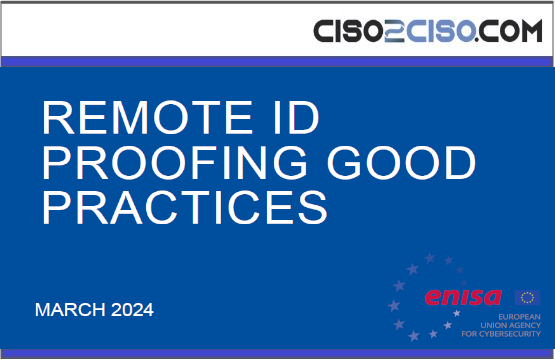The purpose of this study is to build upon previous ENISA studies on RIDP and focus on new developments, security recommendations and good practices, when RIDP is used in the context of the eIDAS regulation, the 6th EU anti-money laundering directive or any other context where trust in the identity of a natural or legal person is essential.
Identity verification in Europe is undergoing a period of intense transformation. Since the COVID-19 pandemic outbreak, RIDP has been under an intense evolution; from face-to-face verification in stores to synchronous and asynchronous remote identity document and biometric verification that can also be processed automatically. The upcoming eIDAS 2.0 regulation and the introduction of the EUDIW, with the ambition that 80 % of EU citizens will make regular use of the wallet by 2030, will extend the cases requiring identity verification with a high level of assurance. Similar developments are also taking place at the global level, with numerous efforts to design and develop decentralised digital identity wallets.
There is a significant increase in demand for secure, reliable and user-friendly RIDP, for the following reasons.
- Identity proofing is a key enabler for electronic transactions and the development of the digital
single market across the EU. This becomes even more significant with the upcoming eIDAS
revision and the EUDIW, which will enable access to a new breed of electronic services in a
secure and transparent way for all EU citizens. - The increasing volume and sophistication of attacks causes concerns regarding the
trustworthiness of the process. This relates to the emergence of new types of attacks, such as
high-quality deepfakes, and the availability of computational resources and tools which allow
scaling and automation.
Views: 6




















































